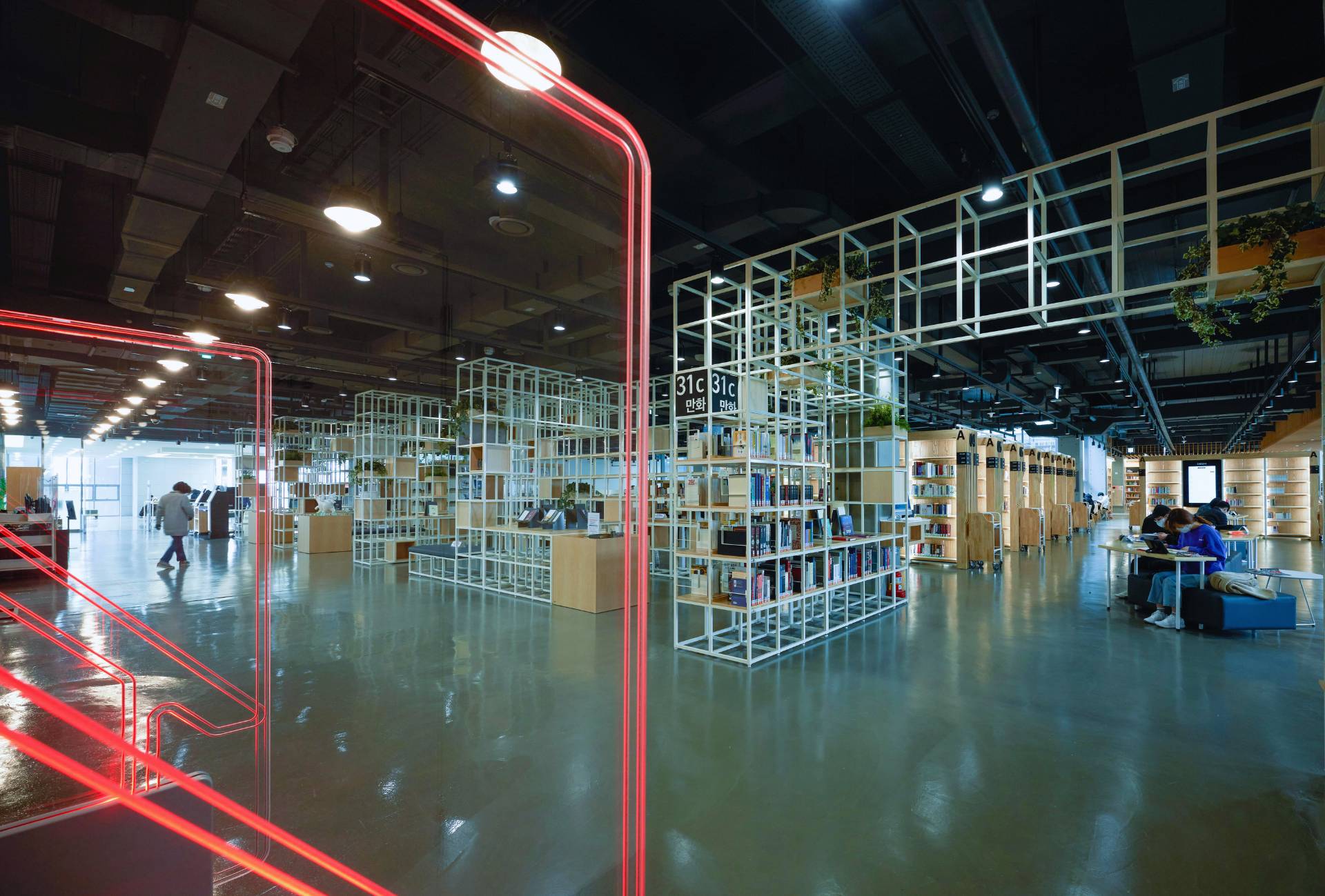SINGAPORE – MARCH 5, 2022 – If you were to hear the word “Library”, what image comes to mind? When I posed the same question to friends, they invariably mentioned things such as: “Oak-panelled shelves filled with musty, old books”; “Indiana Jones-type users researching scholarly articles”; “Little old librarians shushing people and stamping out books”. However, nothing could be further from the truth for today’s library.
The Modern Library
The library of today is a beacon of knowledge and entertainment, decked out with the latest technologies to meet the evolving needs of the communities they serve. In addition to loaning reading material, library services now include in-person and remote storytelling, book reviews, audio books, podcasts, webinars and availability of rooms for meetings or places to make Tik Tok vignettes.
Supporting such services is the latest technology and automation tools, helping to make librarians’ lives easier. This is especially convenient, given the global reduction in numbers of library staff. Such solutions include the growth of automated material handling systems, which allow reading materials to be returned to shelves promptly and efficiently, so the next user can borrow them, library access control, mobile check-in/ out, remote lockers, as well as remote or mobile libraries. In addition to the physical engagement of patrons, libraries are turning to digital displays on all screens and mobile apps to advertise their new service timings. This has led to all screen-enabled technology having the ability to present such material where and when needed in addition to TV-style static screens. These technologies are particularly useful in larger libraries with greater collection sizes often spanning multiple locations. Libraries in Asia using such a wide range of this technology include the National Library of Singapore, the National Library in Indonesia, Shanghai Public Library and the Sun Yat Sen University library in Guangzhou, China.
The arrival of COVID and new opportunities
With technology and automation chugging along nicely, things looked well-settled for the modern library. Then COVID-19 hit. Just like many other sectors, libraries were badly affected by the pandemic. In order to continue providing a vital service to the community, libraries had to develop new ways of operating to remain safe.This included providing for social distancing for both patrons visiting the premises as well as staff working on-site, implementing low/ no touch material loans and returns to keep material pathogen-free, implementing item sterilisers and promoting remote outreach. This task has been made more complex by both the shift in reading habits as well as the media of consumption. Digital services and content have grown rapidly with many libraries now spending in excess of half of their catalogue budgets on digital content. Previously, top-borrowed items would be fictional novels. However, the popularity of learning materials and non-fiction is growing faster than the fiction genres. Interestingly enough, the fastest growing segment appears to be comics and books with drawings and many libraries now include apps such as ComicsPlus powered by Library Pass.
Whilst mental health has deteriorated across age groups around the world, reading has grown during the pandemic. A research study by the University of Sussex revealed that reading as little as six minutes per day can reduce stress by up to 68%. According to Princh3, a leading service provider to libraries, audiobooks and podcasts are now growing rapidly (around 40% year on year). In some markets, such as North America, e-books and audiobooks represent nearly half of the revenue. A third of China’s population listened to an audiobook in 2021 and more than two fifths of Americans did the same. China also has the highest percentage of everyday book readers (36%). With a global, all time high literacy rate of 86%, this trend is set to continue. East Asia tops the global literacy rates of about 96% so it is not surprising to see the rapid investments in such content and technologies in these areas. Less intuitive is the slower adoption in countries like India where literacy is very high, as is the total number of libraries. Investment is lower per library, however.
The library of the future
As we look forward to the next chapter of a post-pandemic world, or at least and endemic one, most in the industry feel that many of these changes will not only remain but continue to accelerate. The reasons for this include: ongoing pressure on staff numbers; a continued switch to digital formats; and the growing need for more community services that libraries can perform. Another major reason is the role that millennials are playing in defining the shape of library services. They represent the greatest book readership by generation and the majority of library patrons (53%).
I believe we will also likely see greater adoption of robotics and smart-tech for librarian tasks such as catalogue and inventory management, book returns to shelves and library assistance. At the heart of these services is the need for a fully-integrated approach, such that all internal and external facing-solutions work together for the patrons and staff with consistent data that is provisioned securely across communities of libraries in multiple geographic locations.
Maybe this book will turn out not to have a final chapter but will run and run like a soap opera or role-playing game where the items discussed herein become permanent features of life. This will only serve to enhance the role of libraries in communities.
And remember, if you wish to reduce your stress levels significantly, make sure to hop over to your nearest library and borrow a book!
Derek Maggs is Managing Director Asia of Bibliotheca, a company that partners libraries, to meet the needs of their communities worldwide.
1 Lewis, D. (2009), Galaxy Stress Research, Mindlab International, Sussex University, UK https://www.inc.com/melanie-curtin/want-to-feel-calm-fast-do-this-for-6-minutes-a-day-it-lowers-stress-by-68-percent-according-to-new-research.html
2 Bureau of Labor Statistics https://bookriot.com/american-pandemic-reading-habits/
3 Global Reading Habits in 2021 https://princh.com/blog-global-reading-habits-in-2021/
About Bibliotheca
Bibliotheca is dedicated to the development of innovative technologies and library management solutions that help sustain and grow libraries around the world. Bibliotheca reimagines how libraries function, using integrated technology to inspire and delight all kinds of people, wherever they are: at home, on the move, or within the library walls.
Bibliotheca employs 400 people across 21 countries, partnering with 30,000 libraries to make the library experience—physical and digital—seamless, intuitive and inclusive.
For more information on this release, please contact
press@bibliotheca.com.
You may also like
News + Press Releases

cloudLibrary finds a new home in OCLC
Oakdale, MN, April 2, 2024—Bibliotheca has announced the sale of the cloudLibrary digital platform to

Bibliotheca and Tracs Systems Forge Strategic Alliance in the Netherlands and Belgium
Tracs Systems boasts over two decades of expertise in the public library domain and stands as the premier provider of digital library services and payment systems.

Bibliotheca Appoints Alejandro Nieto as Senior Vice President EMEA & LATAM Partners
Bibliotheca is thrilled to announce the appointment of Alejandro Nieto as Senior Vice President EMEA & LATAM Partners.

